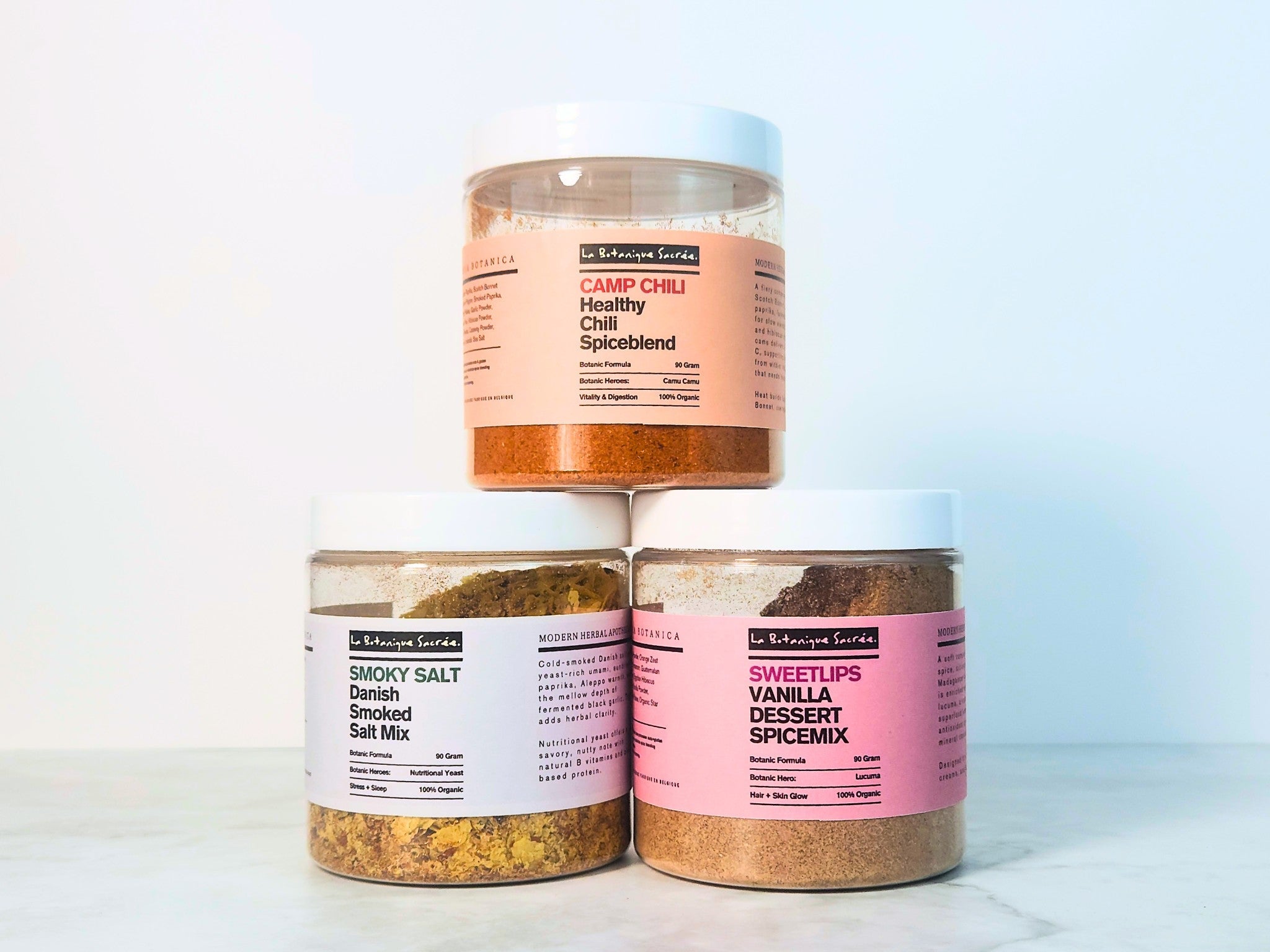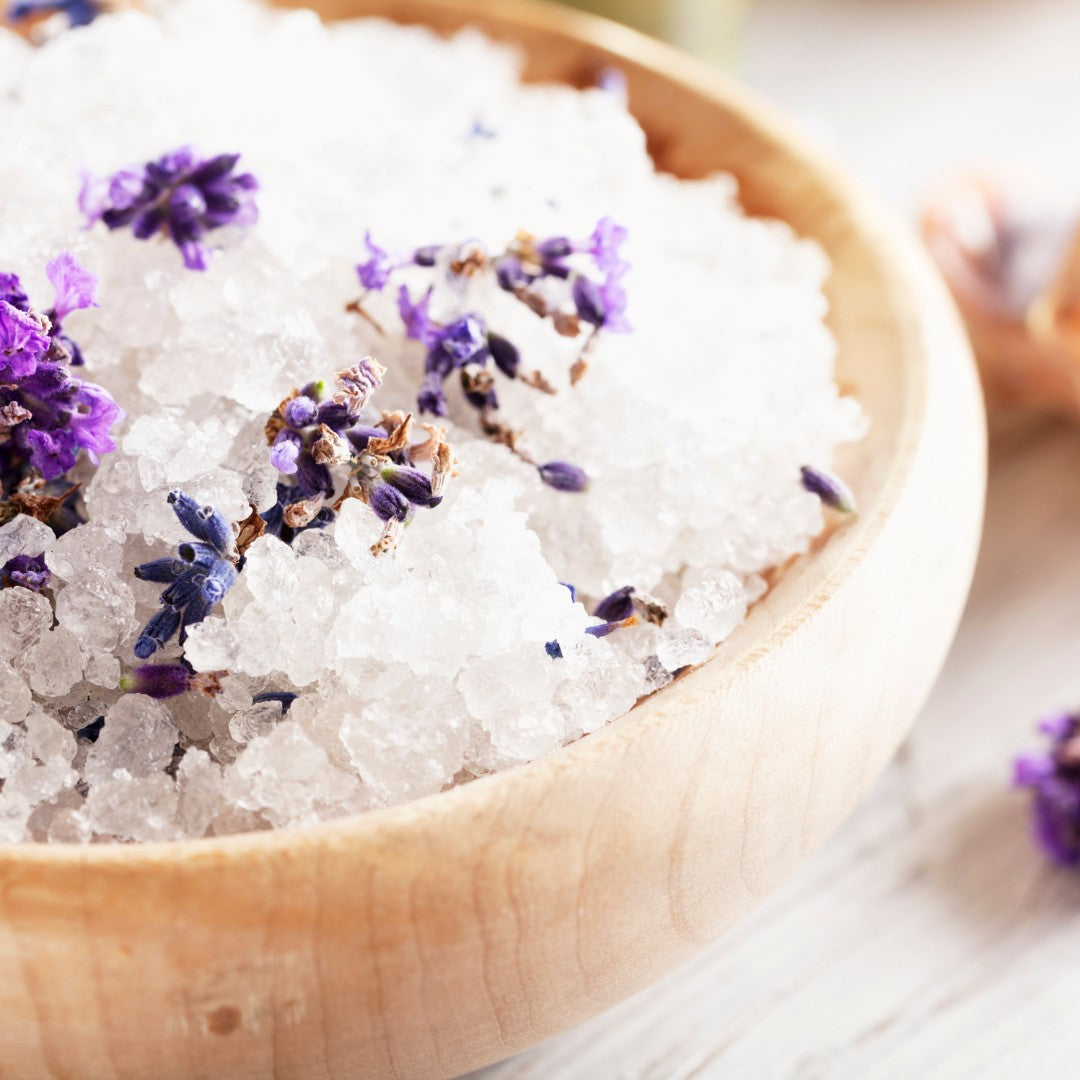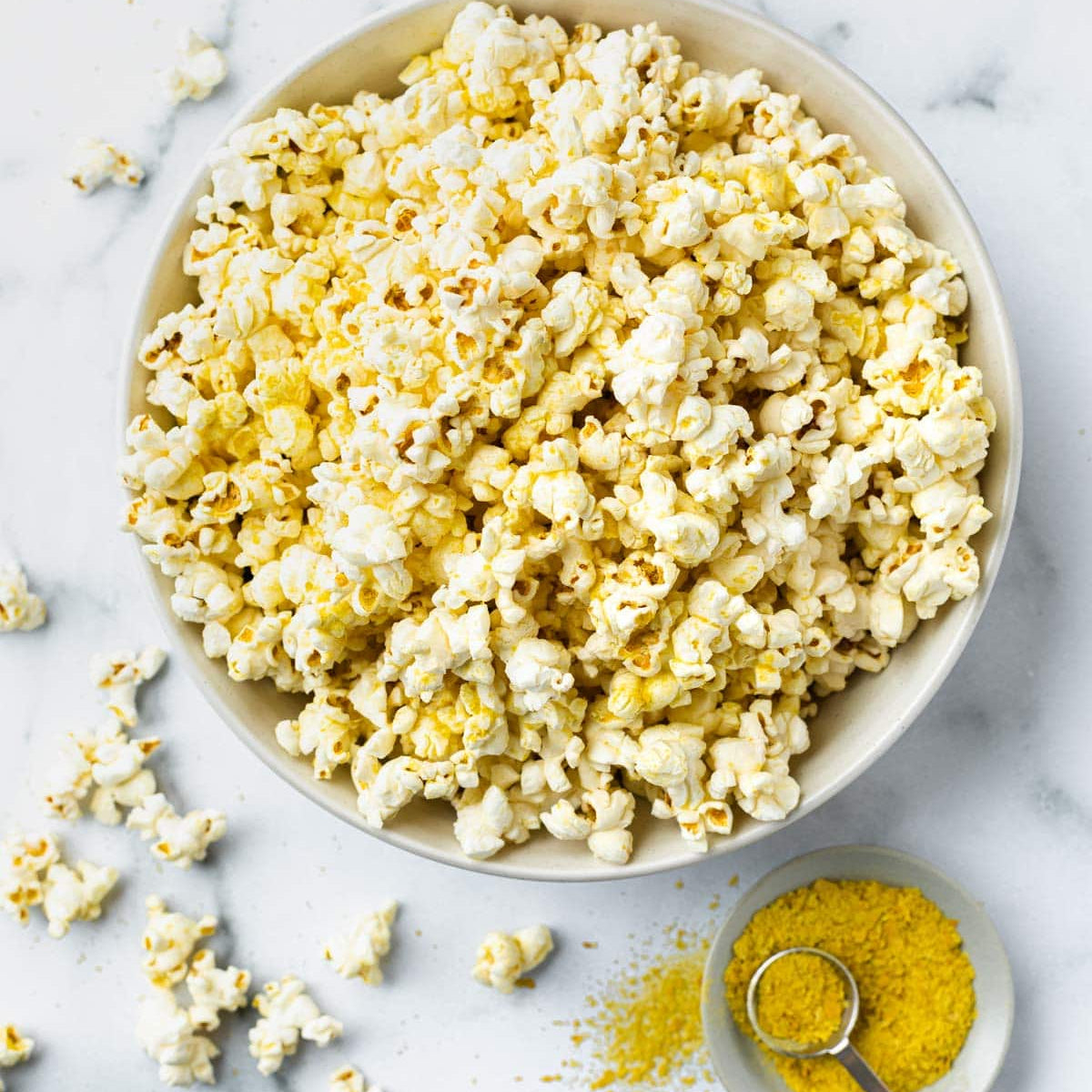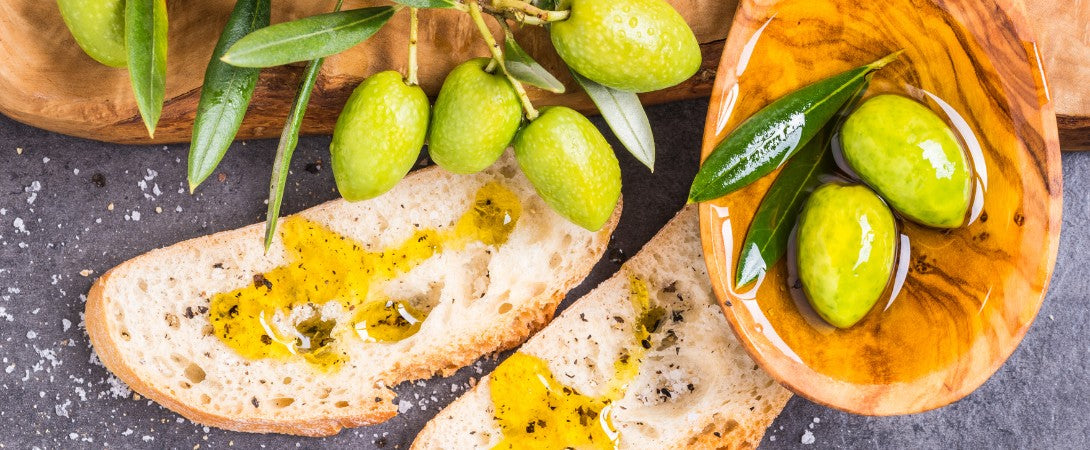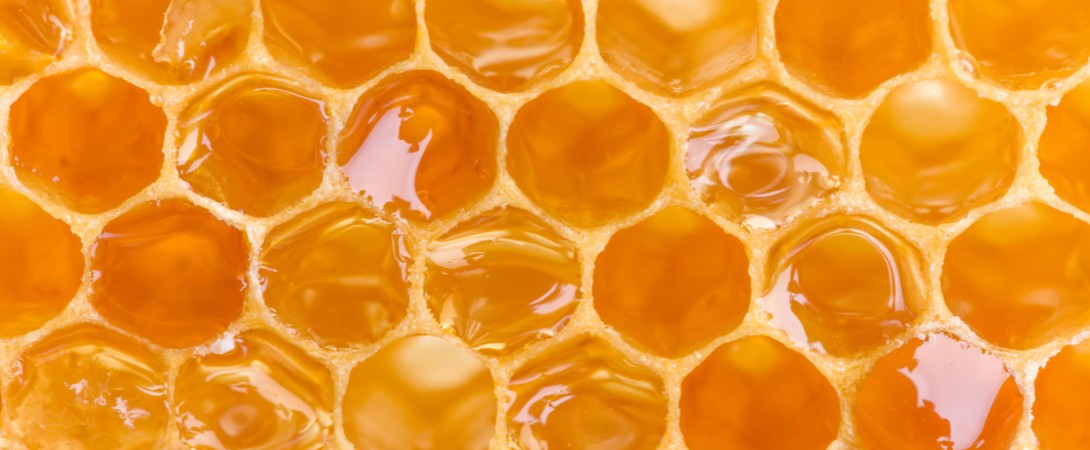Sango Coral Powder, mineral clarity with clean, dry flow.
A quiet mineral with kitchen intent. Sango Coral Powder offers fine, dry flow and a pale white tone that steadies blends, rounds sharp acids, and brings a clean mineral snap without salinity. The name links to Okinawa, where sango means “coral,” while the material itself is food‑grade calcium carbonate prepared for culinary matrices and seasonings.
Sango Coral Powder: History and Culture
Origins And Trade Routes
The word sango is Japanese for coral. The culinary term Sango Coral Powder reflects a modern practice of using coral‑derived carbonate as a neutral mineral source. Public references describe coral calcium as material derived from fossilized coral reefs and coastal limestone rather than living reefs. In Japan, legal frameworks prohibit the collection of live reef‑building corals in Okinawa and the Ogasawara Islands, a reminder that legitimate Sango Coral Powder sourcing emphasizes fossil deposits and above‑sea materials, not living structures.
Cultural Symbolism and Heritage
Coral shapes island identity in Okinawa and the Ryukyus. The reading sango appears in dictionaries and language notes as the common word for coral. In this compendium the name signals source and mineral character rather than ritual practice. Sango Coral Powder sits in the modern apothecary as a quiet food mineral that serves texture, stability, and unobtrusive mineral tone.
Sango Coral Powder: Benefits
Harvested from Okinawa’s renowned coral beds, Sango coral powder offers a naturally balanced supply of calcium and magnesium, combined with a spectrum of trace elements. The mineral composition, in its 2:1 ratio, is highly bioavailable and contributes to strong bones and teeth, efficient energy release, normal muscle contraction, and balanced nerve signaling. With laboratory-certified safety and freedom from contaminants, it stands as one of the cleanest natural mineral sources available.

Sango Coral Powder: Science and Composition
Sango Coral Powder is calcium carbonate in a food‑grade grind. In additive systems it appears as calcium carbonate or E170.
In culinary terms this maps to soft alkalinity in acidic systems, moisture control in powders, and whitening in sugar‑based applications. Sango Coral Powder is essentially odorless and neutral in taste. It disperses readily in salt matrices and spice bases, which makes dosing precise and repeatable.
Particle behavior matters. Calcium carbonate is sparingly soluble, which limits direct flavor impact and helps a blend resist collapse. In acidic media the powder reacts slowly while carbon dioxide releases. The same Sango Coral Powder that supports flow in a dry jar can lightly soften the sharp edge of tomato or citrus once hydrated, without adding sodium or chloride. Heat stability is high. The powder does not melt or caramelize. r work and confection coatings.
Sango Coral Powder: Tidbits
Tidbits and Funfacts
The Japanese word sango means coral; dictionaries list さんご as the reading, which explains the name Sango Coral Powder.
Calcium carbonate sits in Codex Table 3 for GMP uses across many categories, with functional classes including anticaking and color. Spices are covered under the Table 3 approach.
Collection of live reef corals is prohibited in multiple jurisdictions; Japan’s rules ban collection of reef‑building corals in Okinawa and Ogasawara, which is why legitimate Sango Coral Powder sources emphasize fossil material.
FAQ
What nutrients is Sango Coral Powder known for?
Sango Coral Powder provides calcium as calcium carbonate; some lots also contain trace magnesium from geology. Nutrition panels can reflect added calcium when amounts are meaningful.
How is “Sango Coral Powder” pronounced?
SAHN‑go CORE‑al POW‑der. In Japanese, sango is the common word for coral.
Is Sango Coral Powder the same as baking soda?
No. Baking soda is sodium bicarbonate. Sango Coral Powder is calcium carbonate. Solubility, alkalinity, and leavening behavior differ, so the two are not interchangeable.
How La Botanique Sacrée Uses Sango Coral Powder
Why we use it
Sango Coral Powder supports clean pour, stable texture, and a quiet mineral tone in blends. It keeps ginger‑citrus salt free flowing in humid environments. It steadies snack dusts on popcorn or crisps. It gives pale structure to matcha lime dust where color contrast matters. In house trials it performs best below one percent in most dry blends, and only as a pinpoint touch in high‑acid sauces and dressings. The result is clarity. Botanicals carry the melody while the minerals set the stage.
Sourcing Information
Our Sango coral powder is sourced directly from Okinawa, Japan, long regarded as the world’s benchmark for coral minerals. Fossilized reef deposits are carefully collected above sea level, preserving the living reef while securing the unique 2:1 balance of calcium and magnesium in its natural state. Each batch contains over 70 trace minerals and is independently laboratory tested to confirm purity, freedom from heavy metals, pesticides, and radioactivity. The result is a clean, additive-free powder with exceptional flow and bioavailability.
Products using Sango Coral Powder
YUZUKOSHO – Japanese citrus–pepper salt. Icelandic flake salt with freeze-dried yuzu, lemon, loomi, green jalapeño, and Sango Coral Powder for mineral depth and flow.
AQUA IODIUM 6 – Mineral salt topper. Built around iodine-rich seaweeds and botanicals with Sango Coral Powder to add calcium balance and keep the mix free-flowing.
KAIJU-N - A fusion between traditional cajun seasoning and Japanese powerhouses like Shiitake, Kombu and Sango Coral Powder




